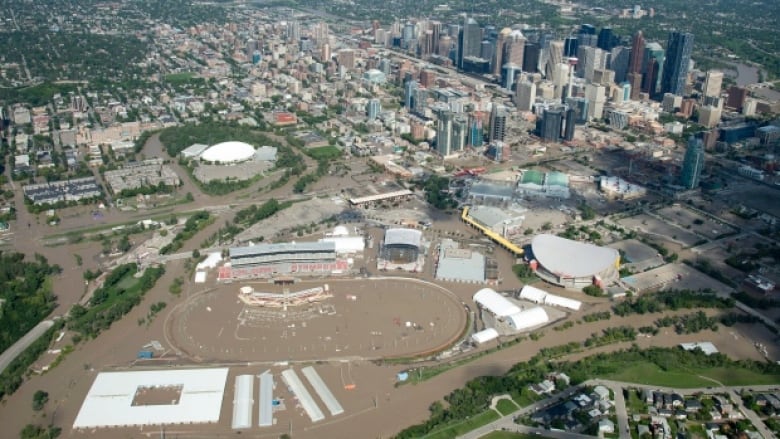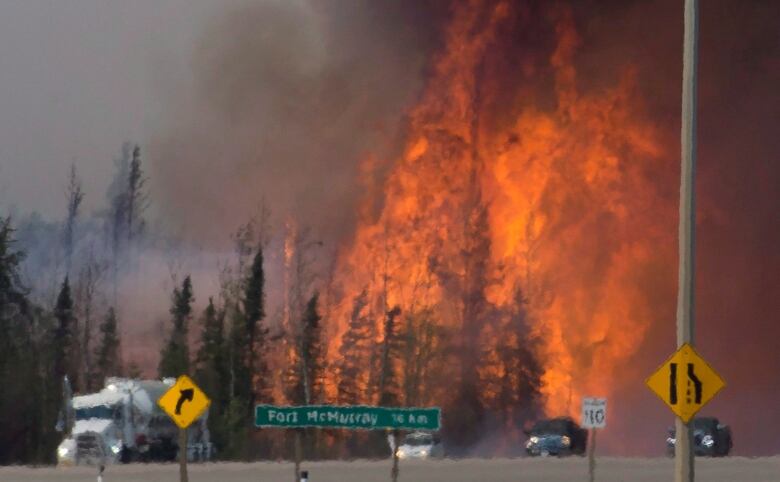Changing jet stream, extreme weather linked to humans: study
New study finds strong link between humans and increased droughts and floods

From the heat and drought that led to explosive fire conditions in Fort McMurrayto non-stop rain before the disastrous Calgary flooding these are perfect examples of how too many days of any kind of weather can lead to catastrophic extremes.
Now, a new study published in Scientific Reportsstrongly suggests that human activity is linked to these types of prolonged summer weather events.
"We came as close as one can to demonstrating a direct link between climate change and a large family of extreme recent weather events," said Michael Mann, distinguished professor of atmospheric science and director, Earth System Science Center, Penn State.
Mounting evidence has already made the link between increased weather extremes and human-caused climate change. However, in recent years, studies have begun to focus on these type of blocking scenarios where weather patterns stall out and cause persistent conditions.

Human fingerprint
The team of international scientists found that warming caused by greenhouse gases impacts the massive conveyor belts that live in our upper atmosphere. Driven by temperature differences, these giant jet streams transport heat and moisture around the northern hemisphere.
The Arctic is warming faster than any other region on Earth. As well, land masses warm more quickly than the oceans. These two factors have led to the overall temperature difference between the two essentially the fuel for these jet streams to decrease.
As our climate changes, the temperature gradient isn't as strong between the Arctic and the tropics, meaning there isn't as much energy to help move these waves and weather along. When these planetary waves get stuck in place, droughts or floods can occur. And it's part of a growing trend that can't just be accounted for by usual variability in the weather, the researchers said.

The team of researchers analyzed temperature differences between the equator and the poles recorded since the 1870s and reconstructed the changes over time. They found that the frequency of these jet streamsstalling out has increased by 70 per cent since the Industrial Revolution, with most of the effects in the past four decades indicating a clear fingerprint of human activity.
As far was what's next, Mann says studies should now focus on the future:"Currently we have only looked at historical simulations. What's up next is to examine the model projections of the future and see what they imply about what might be in store as far as further increases in extreme weather are concerned."












_(720p).jpg)


 OFFICIAL HD MUSIC VIDEO.jpg)
.jpg)



























































































